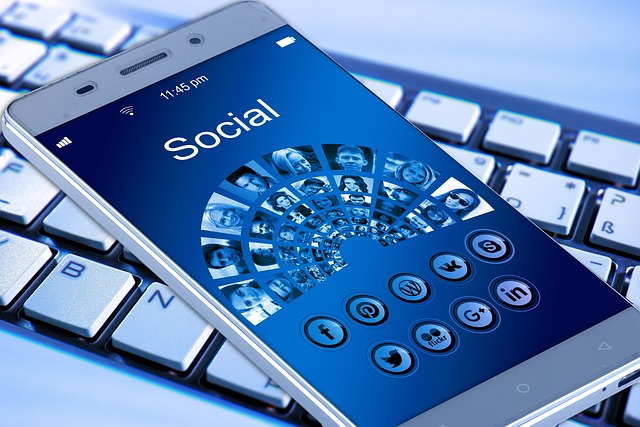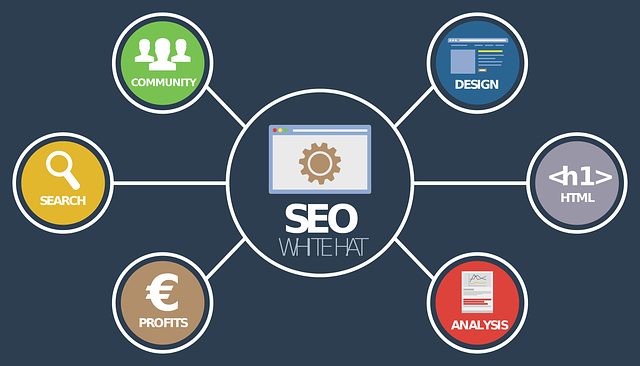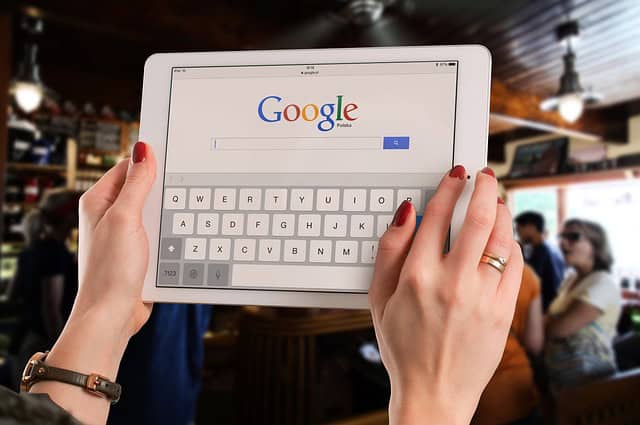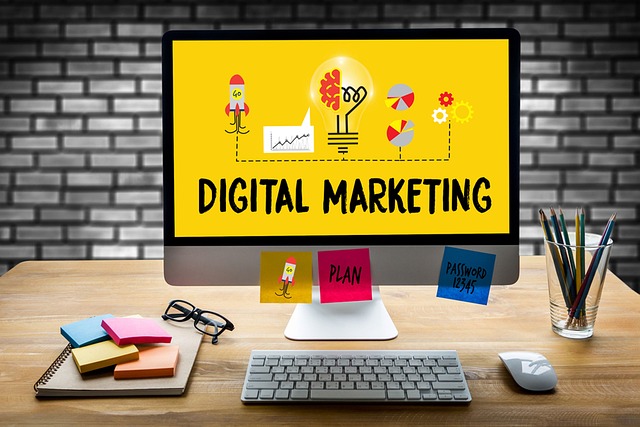The world is on the verge of a major technological leap forward with the rollout of 5G networks, the fifth generation of mobile internet technology. While 5G promises faster download speeds, reduced latency, and more reliable connections, its impact on industries across the board is poised to be revolutionary. For digital marketer, the implications of 5G go beyond just speed — it represents a profound shift in how we engage with audiences, deliver content, and leverage emerging technologies like augmented reality (AR), virtual reality (VR), and IoT (Internet of Things).
In this article, we’ll explore how 5G will change the digital marketing landscape and what businesses need to do to prepare for this new era of connectivity.
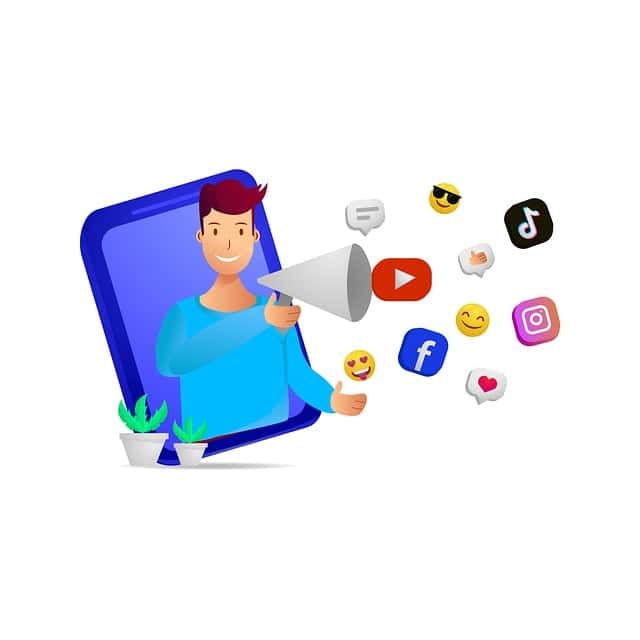
Enhanced Mobile Experience: Faster, Smarter, and Seamless
One of the most obvious benefits of 5G is its ability to offer faster speeds and lower latency compared to its predecessor, 4G. This translates into an improved mobile browsing experience for consumers.
For digital marketers, this means faster-loading websites, more responsive apps, and an overall better user experience (UX). With 5G, customers won’t have to wait for content to load — whether that’s a video, an interactive ad, or an e-commerce page — which leads to lower bounce rates and higher engagement.
As mobile-first strategies continue to dominate, brands will need to optimize their digital assets or 5G’s capabilities. This includes creating content that loads quickly on mobile devices, such as lightweight images, compressed videos, and streamlined mobile interfaces.
Example: Imagine you’re watching a YouTube video or streaming a live event on your phone. With 5G, you’ll experience near-instant loading times, smooth streaming without buffering, and the ability to access high-quality HD or 4K content even on mobile networks.
Real-Time, Hyper-Personalized Marketing
5G’s reduced latency (the time it takes for data to travel between devices and servers) will allow digital marketers to deliver real-time, hyper-personalized experiences to consumers. Today, personalization is already a powerful marketing tool, but with the addition of 5G, businesses will be able to provide even more precise, contextually relevant content.
For example, businesses will be able to use real-time location data more effectively, offering time-sensitive promotions, offers, or advertisements when customers are physically nearby or in the right context to engage with them.
Example: Imagine a retail store offering personalized discounts to customers when they walk by a storefront, based on their past behavior or preferences. With 5G, marketers will be able to push notifications to mobile devices faster and more reliably, making geofencing and proximity-based marketing even more powerful.
Immersive Content with AR/VR
The advent of Augmented Reality (AR) and Virtual Reality (VR) has already begun to make waves in digital marketing, but 5G will take this technology to the next level. With its ultra-fast speeds and low latency, 5G will enable marketers to create immersive experiences that are more interactive, engaging, and seamless.
For instance, AR experiences can be delivered to consumers’ smartphones with no lag, making things like virtual product try-ons, nteractive ads, and in-store AR navigation smoother and more effective. VR will also become more accessible for marketers, offering fully immersive brand experiences, virtual events, and 3D product demos.
Example:Imagine a car brand allowing customers to take a virtual test drive through a VR headset, or an e-commerce site offering a “try before you buy” experience with AR, where customers can see how a piece of furniture looks in their own home before making a purchase. With 5G, these experiences will be more realistic and accessible, offering faster rendering and seamless integration with mobile and in-store touchpoints.
Improved IoT Integration for Smarter Campaigns
The Internet of Things (IoT) — where everyday devices are connected to the internet — will be greatly enhanced by 5G. With faster speeds and more reliable connections, marketers will be able to gather real-time data from IoT devices to fine-tune their campaigns and gain deeper insights into consumer behaviour.
For example, smart appliances, wearables, and connected cars could provide marketers with valuable data, such as when a consumer is in the market for a new product, their preferences, or how they use certain devices. This allows businesses to offer tailored recommendations or targeted advertisements that are much more relevant and timely.
Example: Smart home devices like thermostats or speakers could collect data about a customer’s habits and preferences, enabling brands to send personalized offers or reminders when their products are most relevant. A fitness tracker could alert a health brand when a user achieves a fitness milestone, opening the door to targeted promotions or services.
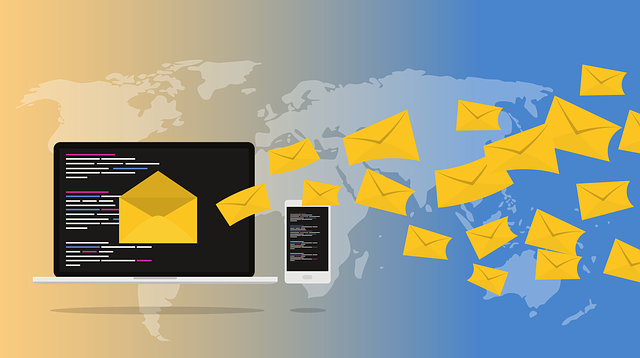
Increased Use of Cloud-Based Marketing Solutions
With 5G’s enhanced speed and connectivity, cloud-based marketing solutions will become more powerful and widely used. Marketers will be able to access large datasets in real-time, use advanced analytics tools without lag, and collaborate across global teams more seamlessly.
This opens the door for better content management systems (CMS), customer relationship management (CRM) software, and data analytics platforms that leverage AI and machine learning to create smarter campaigns. With 5G, businesses will be able to analyze massive datasets faster and make data-driven decisions on the fly.
Example: Imagine running a marketing campaign in multiple countries with localized content and real-time performance metrics. With 5G’s faster data transfer speeds, all your marketing systems will communicate and adapt more efficiently, making your campaigns more agile and responsive.
The Growth of 5G-Enabled Advertising Formats
As more users shift to 5G-enabled devices, digital marketers will need to adapt their advertising formats to take full advantage of the higher bandwidth. Rich media ads, such as interactive video ads, 3D ads, and 360-degree advertisements, will become more prevalent.
Moreover, programmatic advertising will become even more sophisticated, as 5G allows advertisers to deliver highly interactive, dynamic ads that respond to user behaviour in real-time. This will enhance the effectiveness of native advertising and dynamic content ads by providing an engaging, high-quality experience for the user.
Example: Picture an interactive ad for a vacation destination that allows users to explore 360-degree videos or interact with virtual guides to learn more about local attractions. With 5G’s low latency and high data transfer speed, these immersive formats can load instantly, keeping consumers engaged and increasing brand recall.
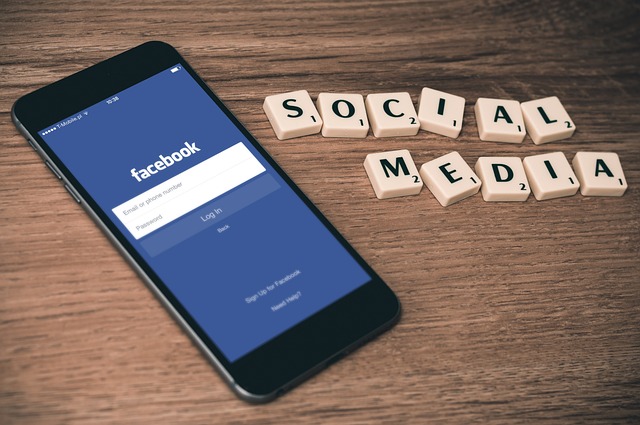
Conclusion: Preparing for the 5G Future
5G’s impact on digital marketing will be profound, enabling marketers to deliver faster, more personalized, and immersive experiences to consumers. To prepare for this shift, brands will need to:
– Optimize their digital content for faster loading times and mobile responsiveness.
– Invest in emerging technologies like AR, VR, and IoT to stay ahead of the curve.
– Explore innovative advertising formats that take advantage of 5G’s capabilities.
– Leverage real-time data to offer hyper-targeted, contextually relevant content.
As 5G networks become more widespread, the possibilities for digital marketers will expand, allowing them to engage with customers in entirely new ways. To stay competitive, it’s crucial to begin planning and adapting your digital marketing strategies for a 5G-enabled world — the future is fast, and it’s already here.

